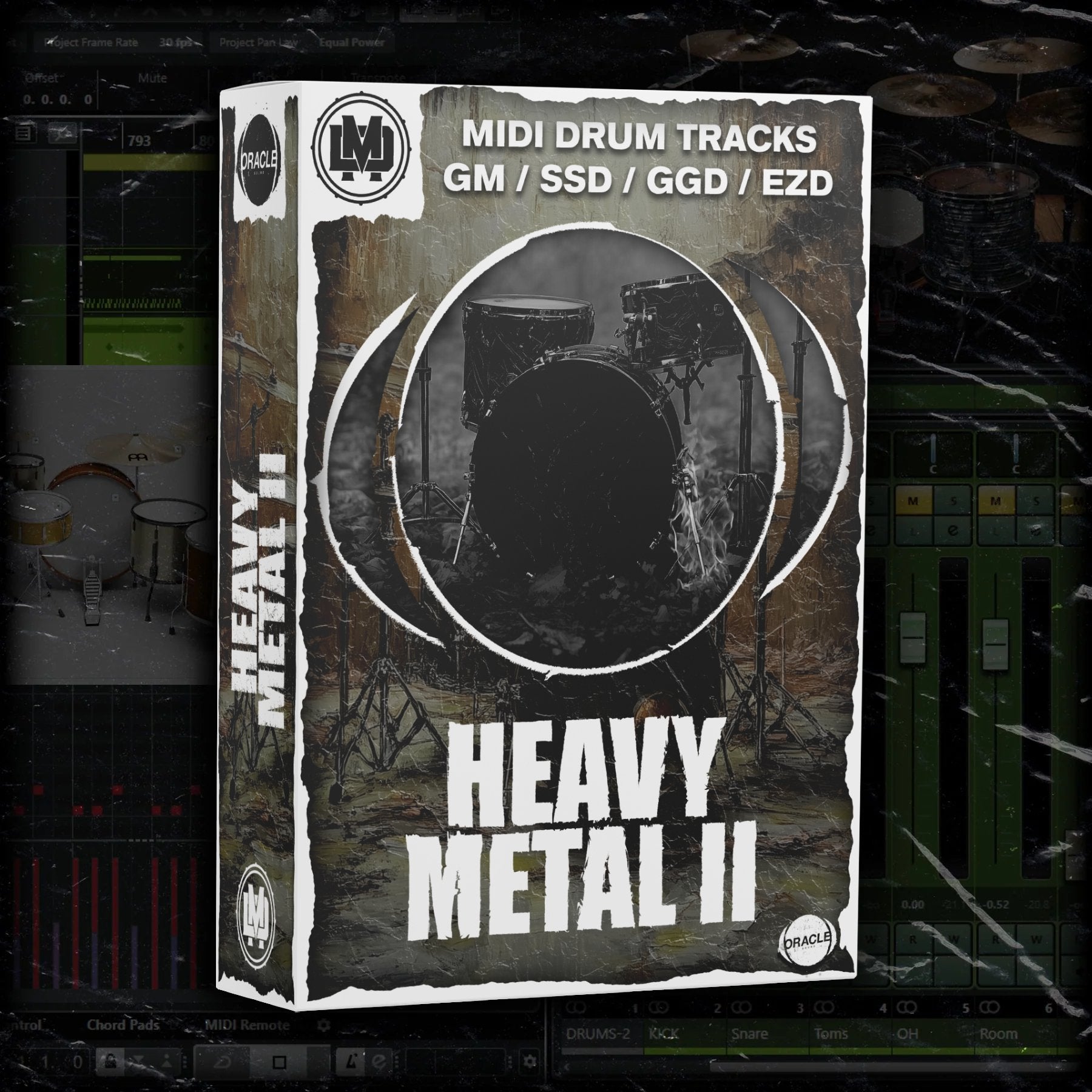Beginner’s Guide to MIDI Drum Patterns
Beginner’s Guide to MIDI Drum Patterns
Blog Article
MIDI drum styles are at the core of contemporary audio production. They let musicians and manufacturers to create dynamic, adaptable beats that drive a track's rhythm. Whether you're a novice or a veteran company, knowledge the fundamentals of fabricating drum midi packs can raise your audio manufacturing skills. This guide addresses everything you need to know—from simple ideas to advanced techniques—to craft powerful drum designs tailored to your music.
What Are MIDI Drum Designs?
MIDI (Musical Instrument Electronic Interface) drum patterns are electronically made sequences of drum defeats programmed in a DAW (Digital Music Workstation). Unlike noted music, MIDI knowledge includes information about the timing, frequency, speed, and length of records, giving complete get a handle on around all facets of the beat.
With MIDI, makers may experiment with endless drum packages, tune rhythms, and coating seems to create defeats for types which range from hip-hop to digital to rock. The flexibility of MIDI makes it an important tool for audio production.

The Making Prevents of a Drum Sample
Creating a good MIDI drum design begins with understanding the aspects of a drum system and their roles in shaping beat:
Kick Drum: Forms the building blocks of the beat. It offers the thud or low-end punch that pushes the rhythm.
Snare Drum:Gives energy and stress, usually making the take sound noticed on the next and 4th defeats in lots of genres.
Hi-Hats: These can be found in two types (closed and open) and add groove and deviation with consistent patterns.
Toms: Complete changes or add dynamics to your patterns.
Accident and Drive Cymbals: Used for accents and to level transitions inside a song.
Measures to Produce MIDI Drum Habits
Step 1: Start with a Standard Design
Lay down a simple 4/4 beat. Make use of a end drum on beats 1 and 3 and a snare on defeats 2 and 4. Put consistent hi-hats on every eighth notice to help keep the rhythm moving. That ensures a strong foundation.
Stage 2: Put Difficulty
After your fundamental beat is in position, add variation. Put offbeat hi-hat visitors, ghost notes on the snare, or syncopation to make a groove that feels alive and engaging.
Stage 3: Concentrate on Velocity and Humanization
One popular issue with MIDI drum styles is they can noise robotic if every observe is played at the same velocity. Regulate velocities to copy the dynamics of a real drummer's performance. Furthermore, test out minor time adjustments to humanize the rhythm.
Stage 4: Integrate Fills and Changes
Drum floods are critical for noticing transitions between song sections. Use tom moves, snare fills, or cymbal accidents to incorporate excitement and movement to your styles, maintaining fans engaged.

Stage 5: Experiment with Styles
Investigate various styles to develop your comprehension of drum patterns. Hip-hop defeats might function swung hi-hats and syncopated kicks, while electric music often uses intricate grid-based development and layered percussion.
Methods for Elevating Your Beats
Layer Your Sounds: Combine samples or drum seems to generate fuller, more bumpy beats.
Use Results Tastefully: Put reverb, delay, or retention to personal drum elements for a more finished sound.
Examine Real Drummers: Analyze drum activities in your favorite tracks to know dance and flow patterns better.
Uncover Endless Imagination with MIDI
Learning MIDI drum patterns enables you to innovate and adjust beats to generally meet the needs of any track. By mixing complex accuracy with creative testing, you are able to art rhythms that drive your audio and leave an enduring impact. Begin discovering today and touch to the boundless possibilities of MIDI for your drum production.
Report this page